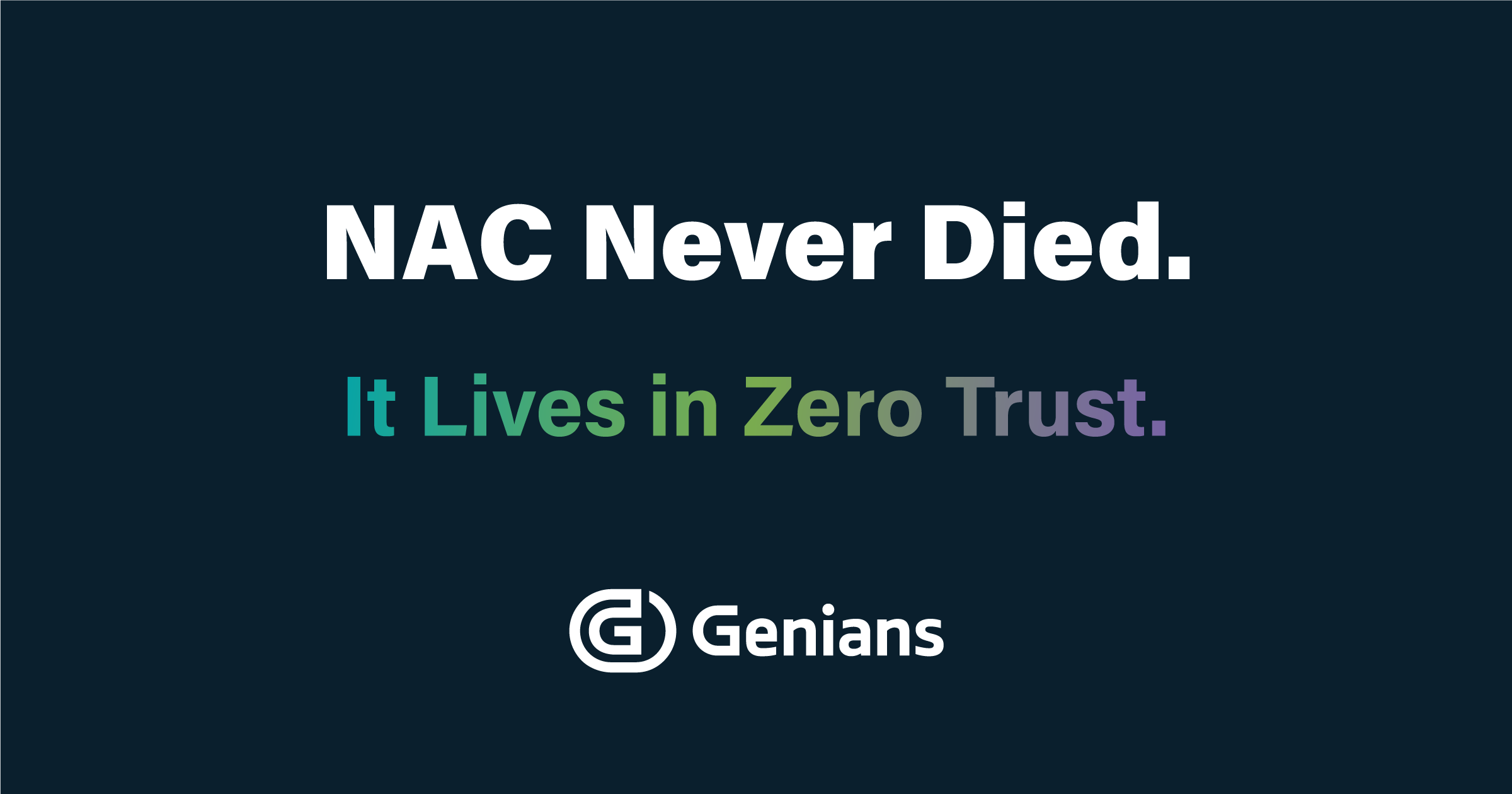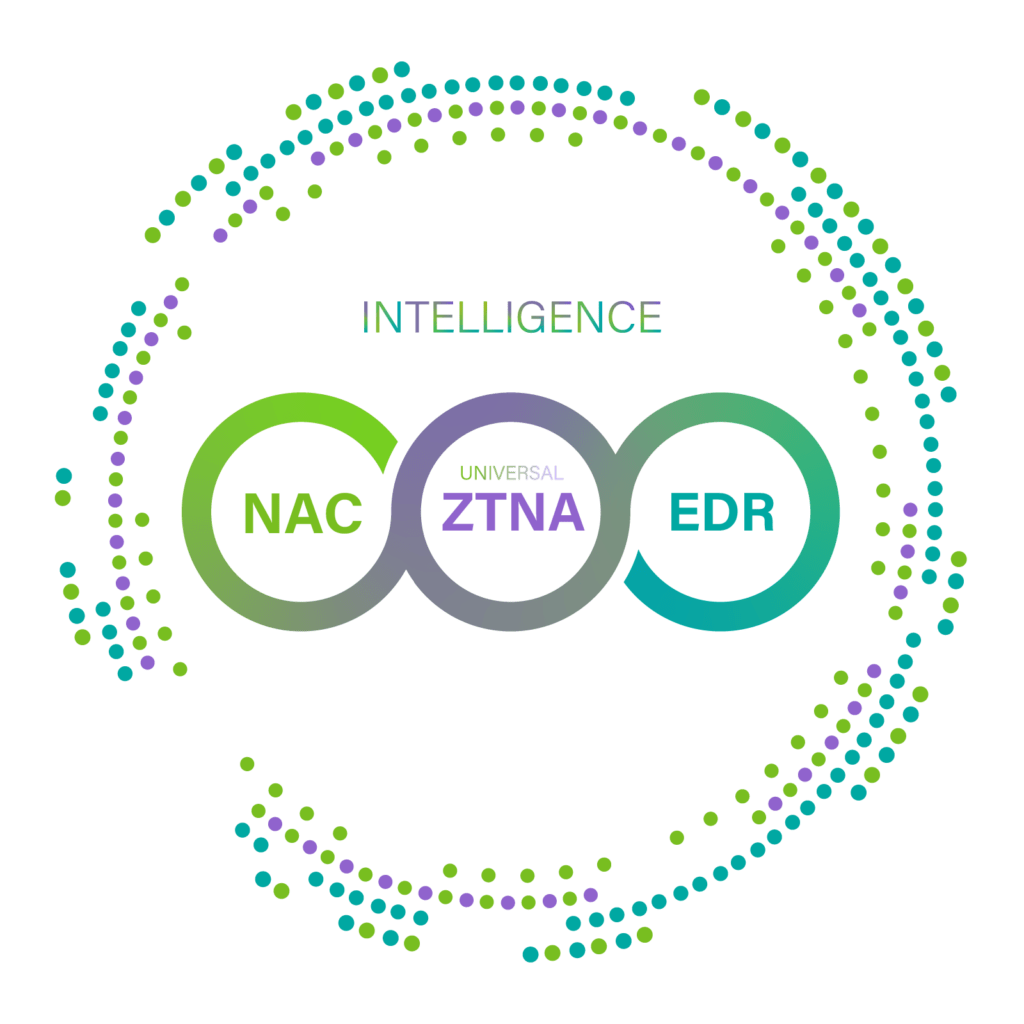The intersection of cybersecurity surveillance and physical surveillance has transformed the way organizations safeguard their operations. While each has distinct methodologies and objectives, their integration is becoming a cornerstone for modern security strategies. This blog examines their differences, commonalities, and how a comprehensive approach bolsters security for evolving network environments and hybrid workspaces.
Differences and Similarities
Aspect | Cybersecurity Surveillance | Digital Surveillance | IT Asset Surveillance | Physical Surveillance (CCTV) |
|---|---|---|---|---|
Focus | Protecting networks and data from cyber threats | Monitoring digital activities and data usage | Tracking IT assets and their usage | Monitoring physical spaces |
Tools | Firewalls, intrusion detection systems, antivirus software | Data analytics, user behavior monitoring | Asset management software, network monitoring tools | Cameras, motion sensors |
Threats | Cyberattacks, malware, data breaches | Unauthorized data access, identity theft | Asset mismanagement, unauthorized access | Theft, vandalism |
Scope | Intangible assets (data, networks) | Digital identities and activities | IT infrastructure and devices | Tangible assets (buildings, equipment) |
Despite these differences, both cybersecurity and physical surveillance aim to protect assets and ensure safety by preventing unauthorized access and detecting anomalies.
Integration Benefits
Integrating these surveillance technologies offers several advantages:
- Enhanced Anomaly Detection: By correlating physical and digital activities, organizations can identify potential threats more accurately.
- Holistic Zero-Trust Models: Physical authentication (e.g., facial recognition) complements digital access control, forming a unified trust mechanism.
- Proactive Threat Response: Combining cybersecurity data (e.g., suspicious network traffic) with physical events (e.g., unrecognized individuals) enables faster and more precise incident resolution.
3 Use Cases: Unified Surveillance with Genians
Genians’ NAC-driven ZTNA solutions powered by GDPI offer a robust framework for integrating various surveillance technologies. Here are three case studies illustrating their application:
1. Anomaly Detection: Correlating Surveillance Data
- Scenario: In environments where CCTV cameras are networked with heterogeneous IT devices, concerns about possible tampering are raised. Concurrently, physical surveillance noted unusual patterns of movement near the server room.
- Resolution: Genians can help monitor network traffic for anomalies. By correlating video data with network activity logs, unusual patterns such as unexpected device communication or data transfers can be detected early.
- Outcome: A unified response neutralized the threat, safeguarding sensitive assets.
2. Biometric Authentication for IT Resources
- Scenario: Using surveillance cameras equipped with facial recognition technology, organizations can authenticate users entering secure areas. Once authenticated, permissions to access IT resources such as applications or networks are granted based on predefined policies. Genians can help ensure that this access is controlled and monitored continuously, providing an additional layer of security by verifying user identity at multiple points.
- Resolution: Facial recognition provides the identity context, while Genians can apply granular access policies, maintaining strict adherence to Zero Trust principles.
- Outcome: Ensured secure access is controlled and monitored continuously, providing an additional layer of security by verifying user identity at multiple points.
3. Behavior Analytics in Workspace Security
- Scenario: In business environments, monitoring user behavior alongside device usage can reveal insights into potential insider threats or policy violations. Sensitive data while exhibiting abnormal physical behavior in a monitored business area. This coincided with a spike in anomalous device activity on the network.
- Resolution: Genians’ analyzed user behavior and device usage simultaneously, flagging potential insider threats. Network access was restricted, and the user was monitored.
- Outcome: By analyzing behavioral patterns against device usage logs, organizations can identify anomalies indicative of malicious intent or unauthorized access attempts.
The Role of NAC, ZTNA, and GDPI in Unified Surveillance
Organizations need to leverage advanced technologies that seamlessly integrate physical and digital security measures to achieve a truly unified surveillance approach. Three key components in this integrated framework are Network Access Control (NAC), Zero Trust Network Access (ZTNA), and Genian Device Platform Intelligence (GDPI).
Component | Functionality | Benefits | Genians' Unique Features |
|---|---|---|---|
Controls access to network resources by enforcing security policies | * Ensures only compliant devices can access the network * Segments network to contain potential threats * Provides visibility into device compliance | * Layer-2 based network sensing technology for non-disruptive deployment * Real-time monitoring without network changes * Plug-and-play implementation | |
Enforces strict access controls based on identity and context | * Limits access to only necessary applications and services * Reduces attack surface by preventing lateral movement * Continuously verifies user and device identities | * Integrated NAC/VPN Agent for seamless access control * Dynamic policy enforcement across various environments * Enhanced contextual access information (Who, What, Where, When, How) | |
Provides detailed visibility into all connected devices | * Identifies all connected devices’ risk in real-time - Enhances security by correlating technical and business context - Supports IT/OT convergence with comprehensive device insights | - Advanced device fingerprinting for precise identification - Integration with CVE databases for vulnerability management - Expands visibility into IoT, ICS, and SCADA systems - Provides business context (e.g., EOL, EOS, Manufacturer Info) |
Genians’ Sensor Technology
Genians’ approach to unified surveillance is enhanced by its innovative sensor technology, which operates without disrupting existing IT and network operations:
- Non-intrusive deployment: Sensors can be implemented without requiring changes to existing network infrastructure, minimizing operational impact.
- Real-time visibility: Provides continuous, real-time data on network activities and connected devices.
- Comprehensive device intelligence: Leverages GDPI for detailed insights into device identities, contexts, and associated risks.
- Seamless integration: Integrates effortlessly with various security solutions using Webhook, REST API, and Syslog.
- Scalability: Designed to scale across diverse environments, from small businesses to large enterprises.
By leveraging these components, organizations can establish a robust framework for unified surveillance that addresses both digital and physical security concerns, enabling effective protection of assets, anomaly detection across both realms, and swift response to evolving threats in today’s interconnected world. Also, this integration can play a critical role in Cyber Asset Attack Surface Management (CAASM) by providing detailed visibility into all connected devices. This capability is essential for identifying vulnerabilities and ensuring compliance with security policies across diverse environments
In conclusion, integrating cybersecurity with physical surveillance not only strengthens security postures but also ensures a seamless operation across various platforms. Genians’ innovative solutions exemplify how such integration can be achieved effectively to meet the demands of evolving network environments.





